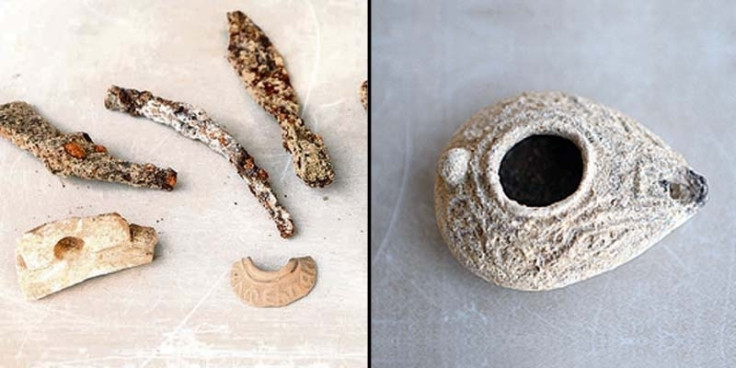Lost Jewish city discovered underneath Israeli army base
The settlement is thought to have changed hands numerous times in its history.

A lost Jewish city has been discovered by archaeologists hidden underneath an Israeli Defence Force training base, according to Tel Aviv daily Yedioth Aharanot.
Archaeologists working for the IDF's Civil administration were digging under the old parade grounds of a disused training centre near the town of Beit El in the West Bank when they made the surprising finding.
The excavations uncovered a Jewish settlement dating back to the First Temple Period of Israel's history (960-568 BCE) which is thought to have changed hands many times, according to the archaeological finds.
The city was still inhabited when the ancient Israeli Kingdom of Judah fell under the control of the Persians in 539 BCE. Later, the settlement expanded during the Hellenistic Period - which began when Alexander the Great absorbed much of what is now Israel into his vast empire. Subsequently, it came under the control of the Jewish Hasmonean dynasty before falling into the hands of the Romans.
The city was then abandoned for many years before being resettled in the Byzantine period by a Christian population, which included monks who built a monastery there.
"The findings are amazing," said Yevgeny Aharonovitch, an archaeologist with the Civil Administration. "We found keys for doors that were intended for housing units, we found tools that were used by Jews, and seal types belonging to the [Jewish] period."
It is thought the Byzantine settlement continued to exist until the 7<sup>th Century when the Christians were expelled and replaced by Muslim invaders. Remains from this period include large numbers of containers that were used for trading olive oil.
Finally, the settlement was probably destroyed in a great earthquake near the end of the 8<sup>th Century AD, according to Aharonovitch.
© Copyright IBTimes 2025. All rights reserved.





















